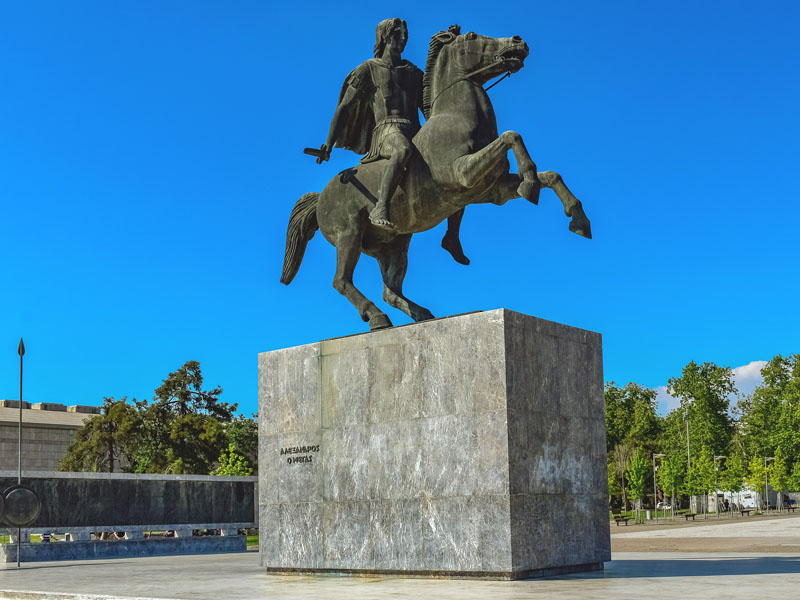Here are some interesting facts about the Persian Empire that you can enjoy with your morning tea and learn a little about Alexander The Great who almost ruled the entire world at a time:
Why were there wars between the Greeks and the Persians?
The Persians came from the region of Persia in present-day Iran. Their king Dareios I built an empire after 550 BC, which spread from Egypt and the area of present-day Turkey to India. Dareios I and Xerxes I fought the Persian wars but without much success. Then Alexander the Great became the king of Persia and expanded the Persian Empire to the borders of ancient China. He was also the one who cut the famous ‘Gordian Knot’.
Why did the Persian wars begin?
The Persian wars started in 500 BC with a revolt of the Greek cities in Asia Minor- present-day Turkey- against the Persian conquerors. The revolt was suppressed and King Dareios I continued ruling the Greek mainland. In 490 BC, troops attacked the city of Marathon. Although the help requested by the attacked Athenians from Sparta came very late, Athens won the battle against the Persians. Dareio’s son and successor Xerxes I continued to fight against the Greeks, but they had to face defeat in 548 BC.
What did Alexander learn from Aristotle?
King Philip II of Macedonia, a reign to the north of Greece, was the father of Alexander. Like all Macedonians, Philip II too liked the culture of his Greek neighbors. Therefore, he invited the great Greek philosopher Aristotle to the Macedonian court as a teacher for his son. The well-known thinker taught him literature, language, geography, and the art of warfare along with natural sciences and philosophy. Alexander later showed a lot of respect to the conquered races and never suppressed them because of Aristotle’s teachings.
How did Alexander become the king of the Persians?
In 336 BC, Alexander became the king of Macedonia at the age of 20. With the support of the Greeks, he defeated the Persian king Dareios III five years later and became the king of Persia. A little later he also conquered Egypt, where he proclaimed himself as Pharaoh and established the city of Alexandria, which soon became the center for trade and art. His move towards India ended in 326 BC on the banks of the River Indus as his troops revolted due to war fatigue. Alexander died in 326 BC in Babylon and his empire perished thereafter.
What was the Gordian Knot?
A legend is famous about the city of Gordon near Ankara, the capital city of present-day Turkey. According to this, the gods tied the chariot of King Gordios using a beautiful rope with the yoke of the animal drawing the chariot. The prophecy was that whosoever could release this Gordian knot would become the king of Asia Minor. After attempts of many people went in vain, Alexander in 334 BC smashed the knot without any hesitation with a stroke of his sword. Since then ‘solving the Gordian knot’ means solving a problem with surprisingly easy means.
Why was Alexander called ‘the Great’?
Alexander received the epithet of ‘the Great’ only after his death. He was recognized as a very successful general and a clever statesman, who treated the defeated with respect. He let them practice their religions freely and allowed them to be ruled by their own governors. He also allowed the soldiers to marry women from the conquered countries. In this way, he converted his erstwhile enemies into his friends. In the history of Iran, the first conqueror is still considered one of the greatest kings of Persia.
| Did you know that…
● The saying (333 bei) Issos Keilerei’ reminds us of a battle fought between Alexander and Dareios III in 333 BC near Issos? ● The marathon race of today is based on a legend, according to which a Greek runner ran 40 km to convey the message of victory in the battle near the Marathon. ● One of the Seven Wonders of the Ancient World, the Lighthouse of Alexandria stood on the island of Pharos, off the harbor of Alexandria. |
Stay with
Prerna




